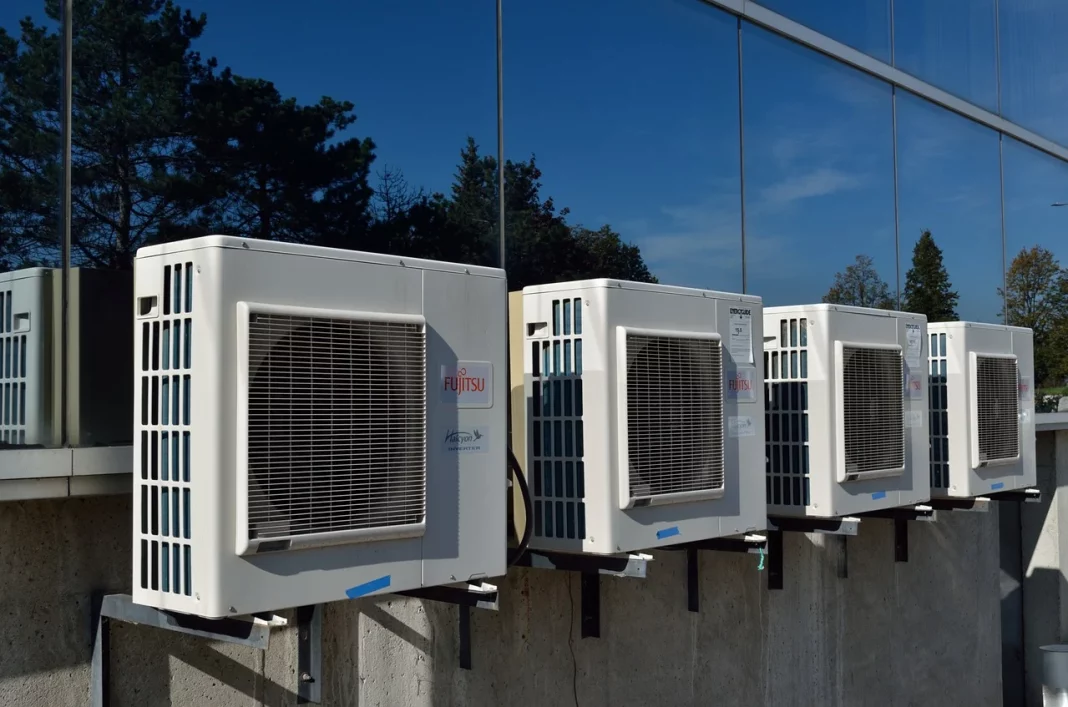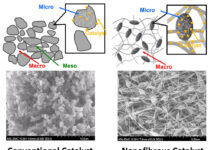Isn’t it wonderful to walk into a wonderfully chilled home on a warm summer day? It’s much better if we can do it at a low cost. While there are various ways to chill your home, such as heating systems, compressors, windows systems, or micro, new tech has grown in popularity in recent decades. It gives you the benefits of central air conditioning without the hassle of breaking walls down to install ducting, and it can help you save money on your power bills. It’s known as high-velocity air conditioning (HVAC).
Working of high velocity air conditioners
High-velocity HVAC systems work in the same way as conventional HVAC systems do. A heating system or compressor on the outside of the house generates hot and cold air, then duct-fed into the house and vented into the rooms.
The high-velocity cooling principle was heavily influenced by Unique Indoor Comfort, which has been installing similar systems in homes for nearly 50 years. As a result, we were early adopters of many modern engineering techniques and installation strategies. If your situation necessitates a high-velocity solution, you can be sure you’re making the best choice for your home because of Unique Indoor Comfort’s unsurpassed expertise.
Purpose of HVAC
High-velocity AC accomplishes the same goal but without the need for bulky metal ducts. Instead, it employs small-diameter flexible tubing that may be routed through interior walls. Metal vents inside the ground or ceiling are also eliminated with a high-speed AC system. Instead, less than half of a regular vent around circular exhaust replaces the rectangular duct. Conventional HVAC systems would monitor room temperatures and draw air out of the vents using diffusion technology.
The process of bringing the rooms up to room temperature takes time. A rising HVAC system uses ambition to create airflow after the air has been heated or cooled. High pressure forces air through the pipe quickly, circulating rapidly throughout the house. This allows for faster heating and cooling of rooms and more excellent climate management.
Loss of heat and cooling
A few of the heating and cooling air is lost when it passes viaducts. About 20% to 30% of the air in a standard house may never reach its intended destination. Leaks, holes, and ducts that aren’t correctly linked might exacerbate the problem and raise your electricity expenses. A sealed tube system in a high-velocity AC system prevents air from seeping out. As a result, less air will need to be cooled, and your system will run more efficiently while consuming less energy.
Benefits of high-velocity AC systems
For ancient properties with no space for standard ductwork, high-velocity air conditioning is frequently the only option. You can also save money by adjusting your thermostat before leaving the house. There’s no need to worry about getting your home to a pleasant temperature taking a long time because the system heats rooms quickly.
You can use your high-velocity HVAC system to keep the temperature higher in the wintertime. The high-speed system still will run less than standard units because the space heats up quickly. One of the most significant advantages of high-velocity air conditioners is that they don’t require the use of heavy metal ducting. It facilitates and speeds up the installation process.
Availability
They are available in various hues, and many may be stained and painted to match your existing decor. Window air conditioners have traditionally been used in homes without ductwork. These units are much less efficient and have a less appealing appearance. They obstruct your view and make a lot of noise. They also tend to cause considerable cooling fluctuations around a property. Ductless mini-splits are another option for homes lacking ducting. When comparing high-speed air conditioning to micro split units, high-speed air conditioning requires only one device to cool a whole house. Mini-splits require many units to be installed and networked to work together.
The tiny vents are the sole indicator of high-speed air conditioning inside your home. You have many wall units across your house and on the exterior with mini-splits. Another advantage of high-velocity cooling systems is that they can remove up to 30% more moisture from the air than traditional cooling systems. Because there is less moisture, you can raise the AC temperature while still keeping a comfortable environment.
Read More: All The Information You Need To Know About Whole House Generator Installation Costs
The drawbacks of high-velocity air conditioning
If you’re thinking about getting a high-velocity system, consider some disadvantages. Only you can decide if they are problems for you. Determining the exact cost of installation advance might be difficult depending on the construction of your home and the project’s scope. While installers don’t need to tear down walls to install tubing, they also have no idea what’s within your walls. Finding alternate routes around piping, cables, or obstacles may take more time.
Best place to put system
Many people place them into room corners, on the ceiling, or in areas where people will not be seated. When a conventional heating systems system is turned on, there is noise and cracking in the ducts when heating and cooling air makes contact and the noise of the air being spread throughout the house. Vibrations may also be felt from time to time. You won’t hear those noisy ducts with a high-speed system, and you will listen to a sonic boom as the air is driven through the system.
On the other hand, newer high-velocity AC systems use technology to mute and mitigate noise. When comparing high-speed HVAC to standard HVAC, there’s an additional factor to consider. It isn’t easy to create zones because only one system looks after the entire house. When homeowners have separate cooling systems, for illustration, they can opt to keep some parts of the house cooler and warmer than others.
How much does a high-velocity air conditioner cost?
High-velocity air conditioners are known for their efficient and quick cooling abilities, making them an attractive option for homeowners. However, before purchasing a high-velocity air conditioner, it’s important to understand the cost involved.
Price Range
A high-velocity air conditioner can range from $3,000 to $12,000 or more, depending on various factors such as size, brand, and features. For example, a small, basic model may cost around $3,000, while a larger, high-end model with advanced features could cost upwards of $10,000.
Factors Affecting Cost
The size of the air conditioner is one of the most significant factors that affect the cost. A larger unit will typically cost more than a smaller one. The brand of the air conditioner can also impact the cost, with well-known brands usually charging more than lesser-known brands. Features such as energy efficiency, smart control capabilities, and quiet operation can also add to the cost.




